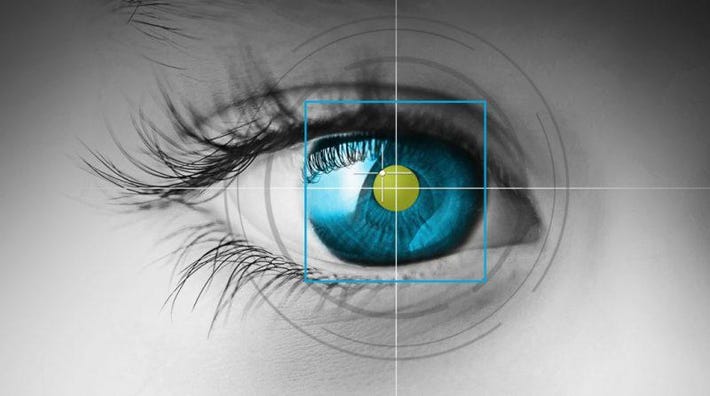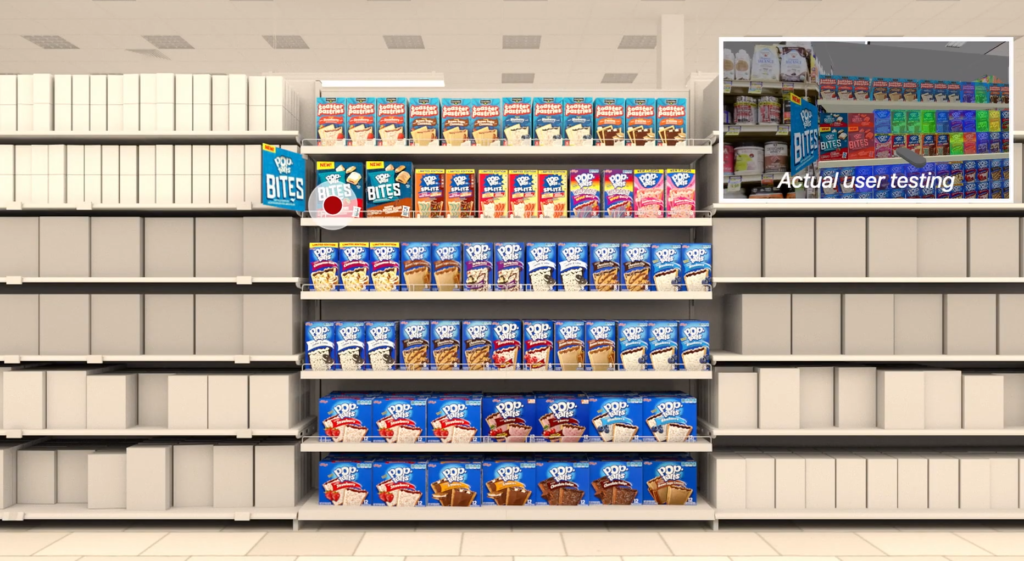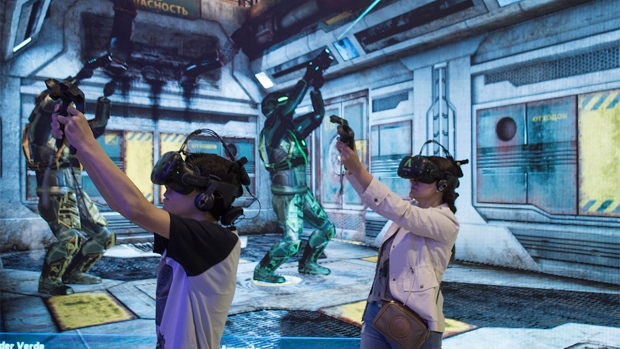The Practical Uses Of (Virtual Reality) VR Eye Tracking




The Practical Uses Of (Virtual Reality) VR Eye Tracking

Over the past few years, access to Virtual reality (VR) devices has improved as hardware costs have come down. Software has also advanced, which provides better tools for collecting data from VR experiences.
In particular, the proliferation of VR eye tracking on more headsets makes it possible for more people to leverage it in their VR apps.
Here are some headsets that include eye tracking::
- VIVE Pro Eye
- Varjo VR3
- Varjo XR3
- Varjo Aero
- Pico Neo 3 Pro Eye
- HP Omnicept
- Meta Quest Pro
VR eye tracking provides a deeper and richer understanding of human behavior. It can be used to better understand how users interact with 3D environments and stimuli.
For example, VR eye tracking allows researchers to collect and measure precise user data.
- Where they look
- How long they look at a particular object or area
- The reaction of their pupils to stimuli
Specific Use Cases
Let’s highlight some of the specific use cases for VR eye tracking and how you can take advantage of it.
Training

VR eye tracking is essential for training because it can be used to qualify situational awareness. Such identifying objects of interest, hazards and the 3D environment around them.
The use of VR eye tracking can be used to create immersive user experiences by adjusting the environment based on where users look.
For example, when looking at a hazard, prompts can appear within the VR experience to engage the user. Real time feedback can be enhanced when users practice complex training procedures. VR eye tracking can ensure that the right tools and areas are identified as well.
Neuroscience

VR eye tracking can be used in neuroscience to study visual perception and attention. For example, researchers can understand how the brain processes stimuli. VR makes it easy to change stimulus on demand and test subjects in a wide range of scenarios. These insights can also be used to develop treatment for specific neurological conditions.
The ability to navigate spatially is an important feature of all VR experiences. By tracking eye movements, researchers can learn how the brain processes spatial context. This can better inform our understanding of diseases where navigation is impaired like Alzheimer’s or dementia.
VR eye tracking may also provide insights into user behavior within social contexts. For example, confirming that subjects made eye contact to determine how confident they are in specific situations. This can be used to increase comfort and create more personal experiences within VR.
Consumer Research

The eyes are the windows to the soul and this is true when determining the emotional response of shoppers to products.
It is important to understand where users look in the aisle, products or advertisements so researchers can identify the most profitable design and layout for retail environments.
Figure out how consumers recall store layout, and what particular stimuli stands out to them to improve the shopping experience.
Games & Entertainment

VR Eye tracking can improve UX within the games by giving players another way to interact with the world around them. For example, more information can be displayed when looking at objects in the environment. Or the interface can be accessed through the eyes when the player looks at a menu item.
Interactions with the eyes can develop immersion and create a responsive game environment for players.
This dynamic experience can create more lifelike interactions with virtual characters and provide another level of engagement through the gameplay.
Conclusion
Overall VR eye tracking has many practical benefits. It enables intuitive interactions between the users and their virtual environments. Eyes are the window of the soul, and it can provide deeper insights into human behavior beyond the 2D platforms we are familiar with today. This improves the immersion that users feel in VR and provides additional inputs for experiencing the 3D environment around them.
Stay Up to Date With the Latest In VR/AR Analytics
